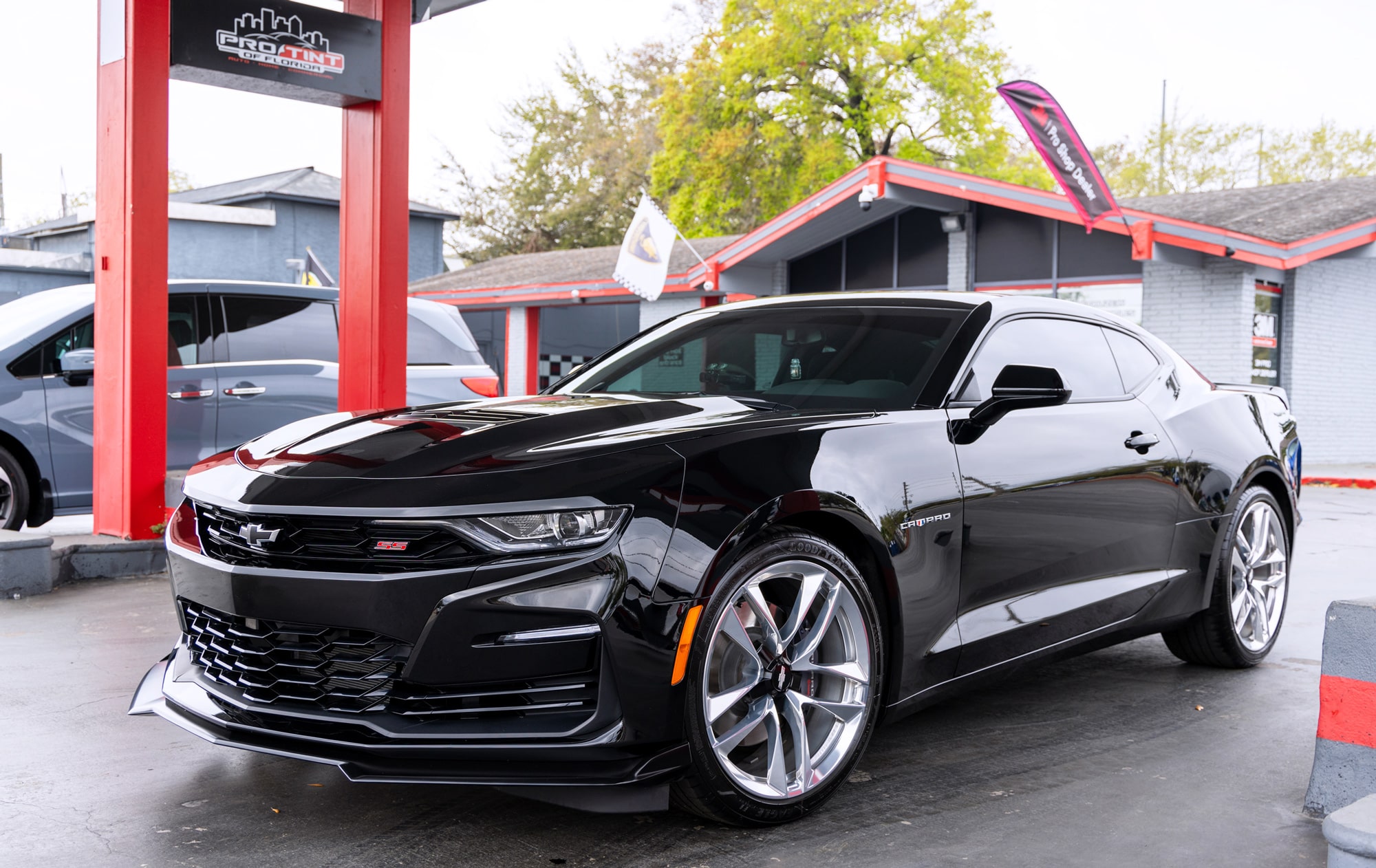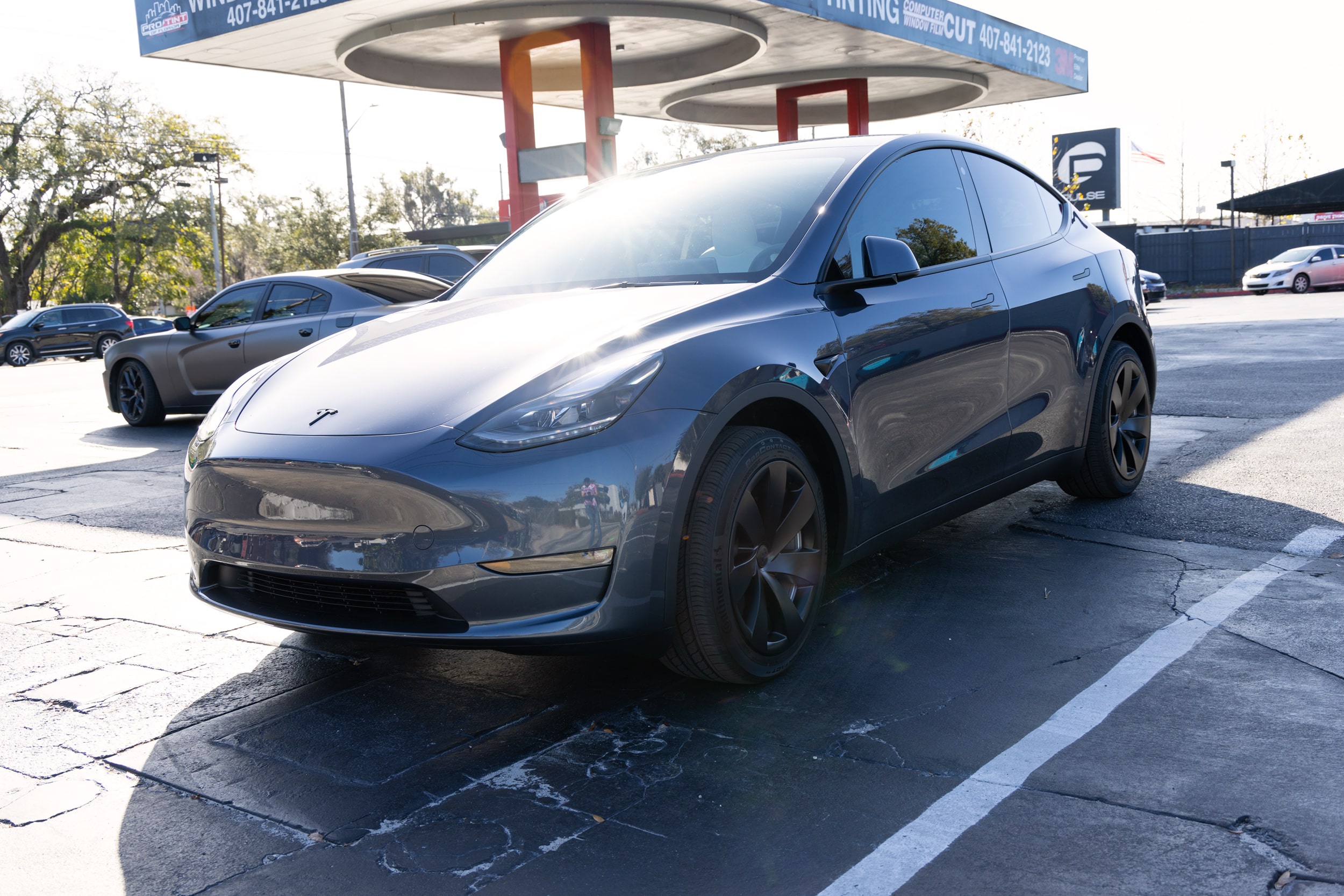Automotive Window Tint Percentages: Which is Best?
Here in Florida, window tinting is an extremely popular aftermarket modification for cars that provides a variety of benefits. Some of which include improved privacy, reduced glare, and protection from harmful UV rays. If you’re considering getting 3M window tint for your car, one of the most important decisions you’ll need to make is what percentage of tint to choose. In this guide, we’ll take a closer look at the different 3M window tint percentages available for cars and the most important differences between them.
Terms to Know When Measuring Window Tint Percentages
First, it’s important to understand that window tinting is measured in terms of Visible Light Transmission (VLT), which refers to the amount of visible light that is allowed to pass through the tinted window. The higher the VLT percentage, the more light is allowed to pass through, and the lower the percentage, the darker the tint.
Another important factor to consider is infrared rejection, which is expressed as percentage of solar infrared energy that the film blocks. Infrared rays are directly responsible for the heat you feel from the sun’s rays. Premium automotive window films like 3M Crystalline will block out a greater portion of infrared energy than inexpensive films like 3M Obsidian. Darker tint percentages within the same film type will block out more infrared energy than lighter tint levels.
Darker tint percentages will also block out more of the glare and UV rays, which can distract drivers or damage their skin over time.
These factors expressed as a whole can be expressed as Total Solar Energy Rejected (TSER). The higher this value, the less solar heat is transmitted from the windows to the rest of the vehicle.
Most Common 3M Window Tint Percentages
Below are some of the most common percentages of 3M automotive window films available on the market currently:
70% – This is the lightest tint percentage available. It allows 70% of visible light to pass through the window. It provides a reduction in glare and heat, but does not offer much in the way of privacy or UV protection. Many drivers choose this tint level to use on their front windshields, since it provides many of the benefits of darker films without obstructing night vision.
50% – This is the next shade down, allowing 50% of visible light to pass through the window. It provides a greater reduction in glare and heat, and some privacy protection. When applied to the front windshield, it blocks a greater portion of visible light than 70%, and tends to have more aesthetic appeal at the cost of reduced nighttime visibility.
35% – This is a medium-level tint that allows 35% of visible light to pass through. It provides moderate heat and glare reduction, as well as improved privacy.
20% – This is a dark tint that allows 20% of visible light to pass through. It provides significant heat and glare reduction, as well as greater cabin privacy. However, 20% and darker shades may not be legal in all states and can make it harder to see at night.
5-15% – These are the darkest tint percentages available, allowing only 5-15% of visible light to pass through. Within each respective film category, the darkest shades provide the most heat and glare reduction, as well as the most privacy. The darkest tint levels are also known as “blackout” tint that many performance car owners choose for their notable aesthetic appeal.
Choose The Best Tint Percentage for Your Vehicle
It’s important to note that the legality of window tinting varies by state, and you should check your local regulations before getting your car windows tinted. In general, front side windows must allow at least 35% of visible light to pass through, while rear side and back windows can be tinted darker. You can read more about Florida’s window tint laws here.
In addition to the tint percentage, it’s equally as important to consider the type of tint material, quality of installation, and any warranties offered by the installer. Pro Tint of Florida offers a lifetime warranty on all automotive tints, which provides assurance for drivers knowing their tint purchase is protected.
Overall, choosing the right percentage of 3M window tint for your car largely depends on your personal preferences, the climate you live in, and any legal restrictions in your area. With the right tint level applied, you can enjoy improved privacy, less uncomfortable glare, and protection from the sun’s harmful rays while driving your car in style.



